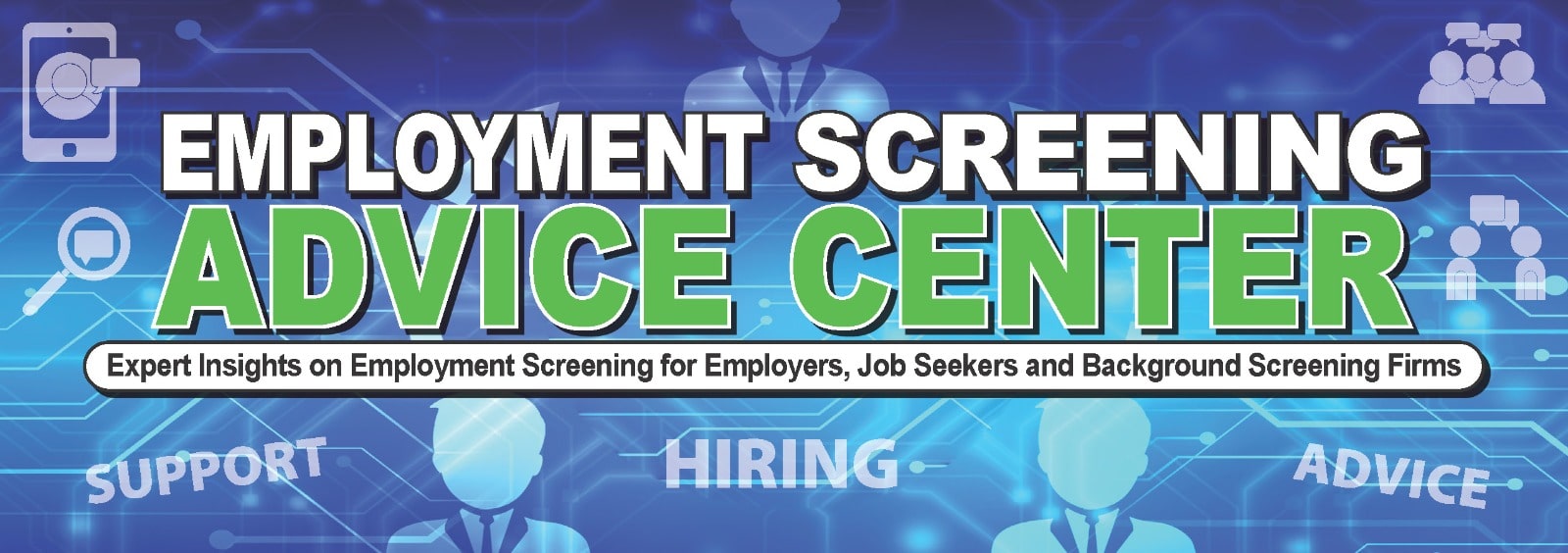
October 11, 2022
Today the workforce is more diverse than ever. Most large companies have active programs to promote diversity while hiring. A major contributor to the professional workforce diversity are foreign nationals. The two main sources that feed immigrants into the professional and technical workforce is:
- Candidates who come to pursue their education and continue working in the United States
- Candidates who come to the US on a work permit (e.g., H-1B visa, J1, etc.)
Contribution to the workforce by Foreign Nationals
Through academic route
Between 1990 and 2000, the college-educated immigrant population increased by 89 percent from 3.1 million to 5.9 million, and a further 78 percent between 2000 and 2014 to 10.5 million. Given the faster growth rate, the foreign-born share of the total college-educated population also increased over the last two and a half decades: from 10 percent in 1990 to 16 percent in 2014. In 2014, immigrants accounted for 16 percent of all civilian-employed workers. However, they represented much higher shares of workers in certain occupations, including 32 percent of computer programmers, close to 30 percent of healthcare support professionals, and nearly 26 percent of physicians.
In 2014, the top three countries of origin for college-educated immigrants were India (14%), China (including Hong Kong, about 8%), and the Philippines (8%). The top ten countries of birth accounted for 52 percent of all college-educated immigrants.
Foreign nationals who come to study in the US have F-1 (foreign student) status, all students with F-1 status have an option of Optional Practical Training (OPT), which is a period during which F-1 (foreign student) status who have completed or have been pursuing their degrees for more than nine months are permitted by USCIS to work. All F-1 international students are entitled to a 12-month OPT, and those who studied in qualifying STEM fields are eligible for a 17-month extension. Approximately 43 percent of international students in 2014-15 were eligible for the STEM extension.
Through work permit (visa) route
Created under the Immigration Act of 1990, the H-1B Temporary Skilled Worker Program is designed to permit certain highly skilled foreign nationals to enter the United States and work for U.S. companies or organizations. The annual cap on initial H-1B visas (valid for up to three years) is set at 85,000, including 20,000 H-1B visas specially designated for those holding advanced degrees from US universities. Institutions of higher education, related or affiliated non-profit entities and non-profit or governmental research organizations are exempted from this cap. There is also no cap on H-1B visas issued for continuing employment. In 2014, the number of H-1B visas applied was more than 300,000. India alone contributes to 70% of this quota, followed by China at 8%. Over the last 10 years, nearly a million new candidates have passed into the workforce through this process.
How this impacts the CRA?
As you can see from the numbers depicted above, there is a massive potential in screening millions of applicants per annum with international credentials. Given the diverse workforce, companies these days are looking for partners who can be a ONE-STOP SHOP rather than going to multiple providers. It is an administrative nightmare to deal with numerous providers, and to top it all, compliance can make the task even more complex. PBSA members can help.
Screening RFPs these days check for length & breadth of coverage provided by CRA globally before offering them the US domestic business. Hence the CRA needs to come out of the shell of being a niche US domestic service provider and promote international screening holistically.
Global Screening is important because
- It has immense potential to increase revenue, given the market size.
- Higher margins per check vs. Domestic business
- Safeguard the existing business
There are multiple avenues for a CRA to explore global screening. PBSA GAC would be a great place to start, as it has information and guidance materials. Peers in the industry can help. An established market of providers can service your needs and partner to help you scale.
Start acting immediately as the market dynamics change in the blink of an eye. You sure don’t want to be repeating the words of the CEO of a famous telecom major – “‘we didn’t do anything wrong, but somehow, we lost.”
Reach out to us at amy.james@screenexchange.com to know more.


